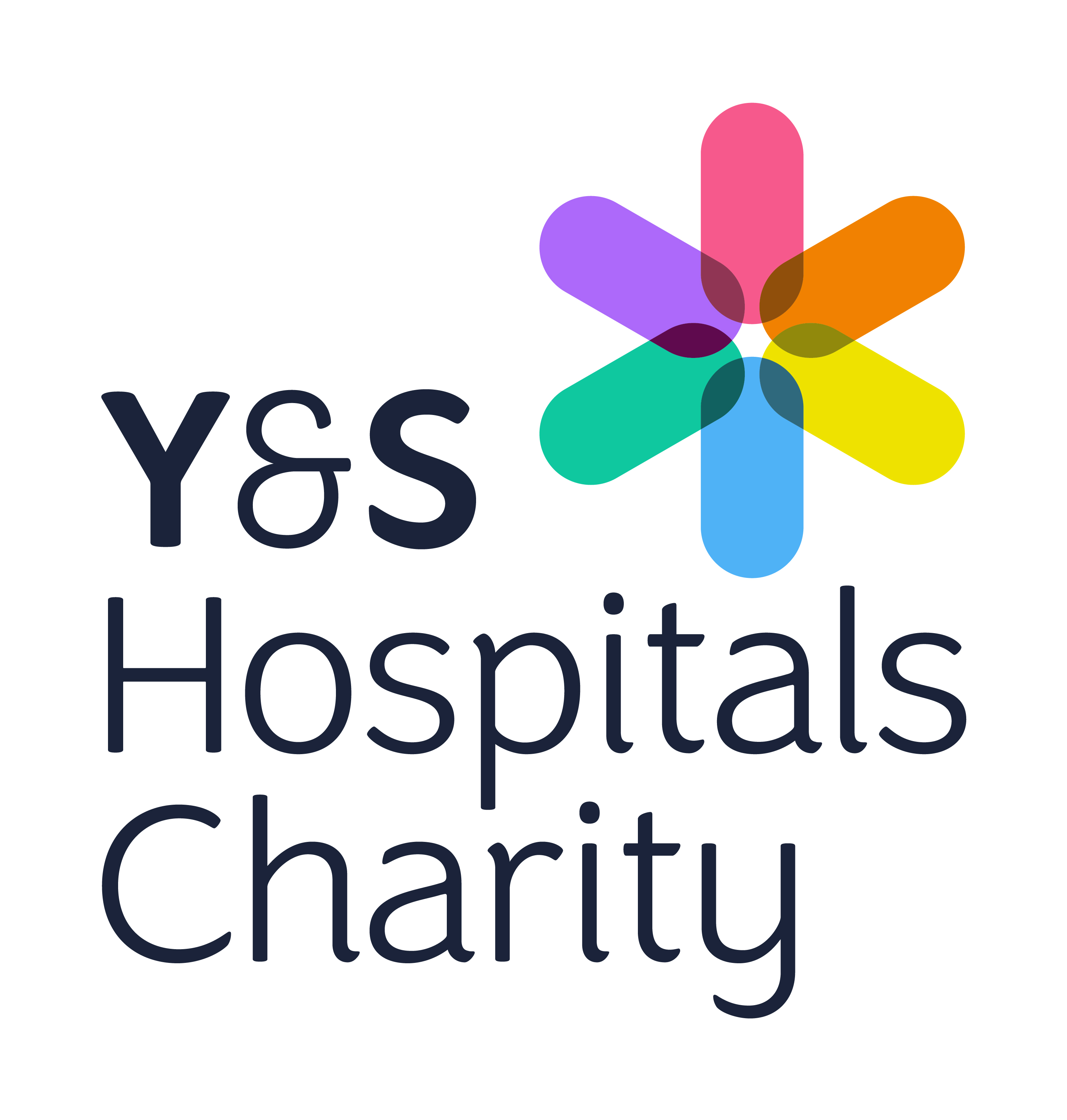Laboratory Medicine
Test Directory / Heparin Induced Thrombocytopenia (HIT-IgG) Assay
Heparin Induced Thrombocytopenia (HIT-IgG) Assay
Brown clotted serum, gel barrier
| Test | Heparin Induced Thrombocytopenia (HIT-IgG) Assay |
|---|---|
| Common Abbreviations | HIT, HIT-IgG(PF4-H) |
| Profile | |
| Clinical Indication | The HIT screen test combined with a pre-test probability scoring system, known as 4Ts is a useful aid in the management of HIT suspected patients. A low probability combined with a negative HIT result can exclude the presence of HIT and continue heparin therapy. A weak positivity for the PF4/heparin complex antibodies may indicate that the antibodies are non-platelet activating, while a strong positivity may indicate a higher risk of HIT. |
| Specimen Type | Blood |
| Sample Type | Brown clotted serum, gel barrier |
| Minimum Volume | 0.5 - 1.0 mL |
| Special Precautions | Refer to Trust policy. |
| Stability | 2 hours |
| Turnaround Time | 1 hour |
| Laboratory | York Hospital |
| Reference Interval | Reference range printed on final report. |
| Limitations | A positive sample for Rheumatoid Factor may cause a falsely raised HIT IgG levels. Although a positive reaction may indicate the presence of a heparin-associated antibody, the detection of antibodies DOES NOT CONFIRM the diagnosis of heparin-induced thrombocytopenia (HIT), as some patients may have naturally occurring antibodies to PF4. |
| Additional Information |






